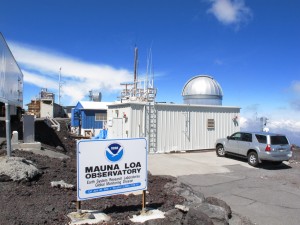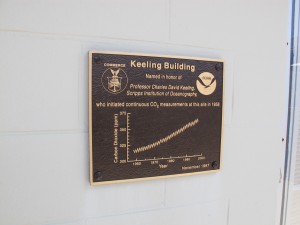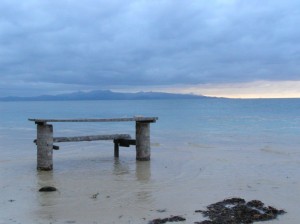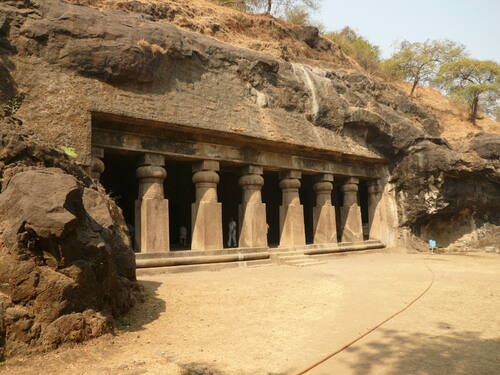by Simon Donner
Media coverage of the latest Intergovermental Panel on Climate Change (IPCC) report has followed the usual Goldilocks and the Three Bears pattern. The report, which focuses on impacts, adaptation and vulnerability, is either too soft (too conservative), too hard (overstating impacts, veering into advocacy) or just right.
Which is it? One problem is that every scientist or journalist you ask will have a different answer on the “right” IPCC message and the right next steps for the world. The answer depends a bit on the values of the person making the judgement. If the answer comes from a scientist – a profession with respect in society – the judgement will be seen as objective. Scientists, however, are also human beings! So, like the rest of humanity, our judgements can be influenced by our values.
The question of how scientists can choose their place on this continuum between science and advocacy is the subject of my new essay in Climatic Change. The concept is straight-forward:
Scientists may be best served viewing science and advocacy as different ends of an approximate continuum. On the science-dominant end, judgements are more objective in nature. As scientists proceed towards the advocacy side of the continuum, personal worldview tends to have a greater influence on those judgements. The scientific uncertainty embedded in those judgements tends to increase, as scientists must draw upon additional models or decision-making processes each of which contain some uncertainty. The professional risk of judgements also increases along the continuum due to the cultural norms of science and the public perception of science as objective.
From there, I write about how scientists can be “scientific” about public engagement — make choices based on the available research on communications, advocacy, perception of scientists, and leakage of “normative” judgements into scientific decisions. My hope is that scientists will think carefully about their personal comfort level, whom they represent (in their eyes, and in the audience’s eyes), and the effectiveness of their chosen position:
The only “wrong” position on the continuum is one assigned by others or chosen without careful reflection.
What about the IPCC? Despite what you may read, the IPCC panels themselves are extremely thoughtful about providing an objective reading of the findings, often spending hours, even days, debating about how individual words will be perceived. This is reflected in the careful language the latest IPCC report uses surrounding the definition of “dangerous” climate change:
Human influence on the climate system is clear. Yet determining whether such influence constitutes “dangerous anthropogenic interference” in the words of Article 2 of the UNFCCC involves both risk assessment and value judgments.
Conservative? Alarmist? You be the judge. That’s the whole point.




